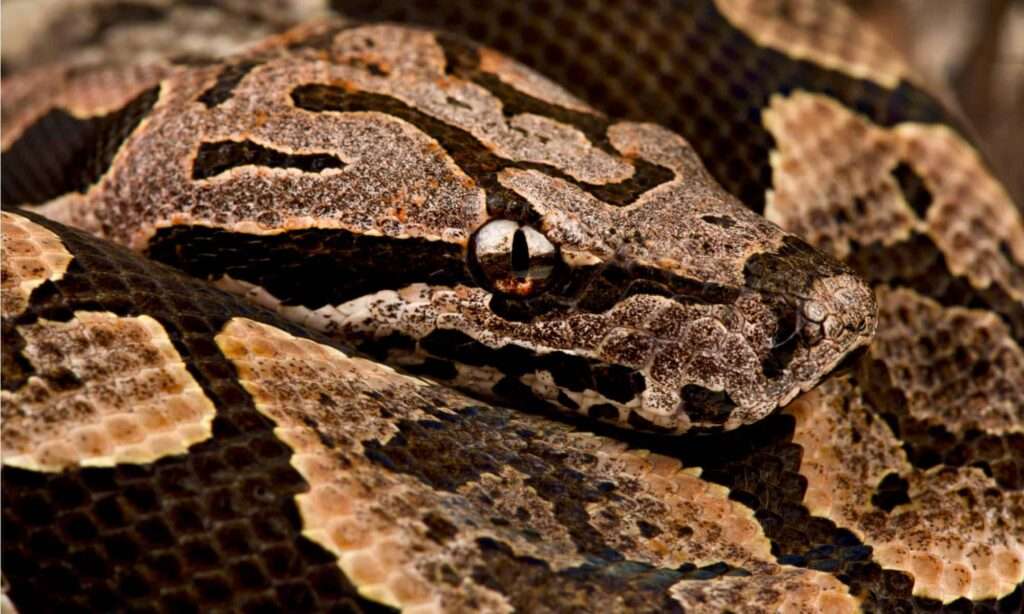
Description:
Scientific name: Acrantophis dumerili
Life span: 15-20 years
The average adult length of A. dumerili is 6.5 feet (2 m), with a maximum reported length of 8 foot, 6 inches (259 cm). While females often have bigger overall sizes, males typically have longer, skinnier tails. A gray-brown background and darker spots make up the colour pattern, which serves as an effective camouflage against the forest floor litter in their natural habitat.

Native Region/Habitat
Madagascar is the location of A. dumerili. It can be found in Madagascar’s southwest and western coasts, where it inhabits a semi-arid habitat with little to no precipitation.
Behavior:
The Dumeril’s boa is a pleasant and tranquil snake. Although most of these tranquil reptiles have calm personalities, some can get irritated and aggressive if you don’t respect their personal space. The character of Dumeril’s boas is to be very peaceful. As they don’t like to be handled, some snakes are timid.
Care As a pet/In captivity:
Trade in A. dumerili has been severely restricted as it was once shipped from Madagascar in large quantities. However, the species is fairly common in captivity, and captive-bred animals are widely available in the exotic pet market. Its size makes it more suitable for a person who has experience with huge constrictors, yet despite its size, it normally has a placid disposition and readily consumes rats.
- Maintain a cage that is five feet long, two feet wide, and one foot high for your adult Dumeril’s boa. Although young snakes can live in tiny two-foot-by-two-foot enclosures, Dumeril’s boas grow quickly and will certainly outgrow such a short space.
- The enclosure must have a place for sunbathing and some shade for the Dumeril’s boa. Maintain a steady temperature of 80°F in the shaded region. The temperature of the basking area, which must remain between 85 and 87°F, should be at the opposite end of the terrarium from the cool area.
- Mice, rats, chicks, baby rabbits, gerbils, and hamsters are all common prey items for Dumeril’s boas. These snakes benefit from a diverse diet. It’s critical to feed Dumeril’s boas in accordance with their size and age.
Table





